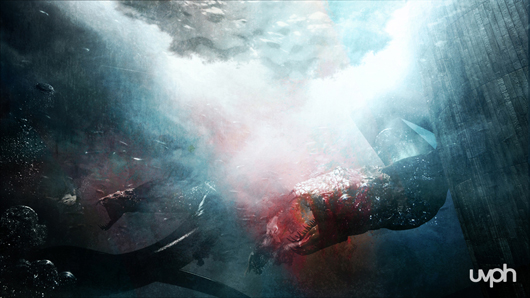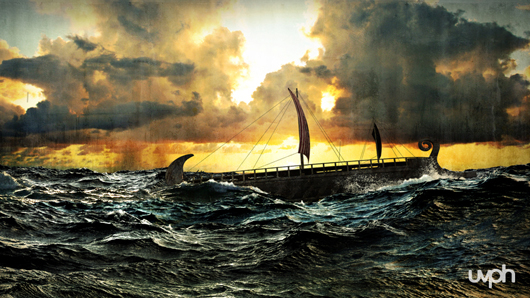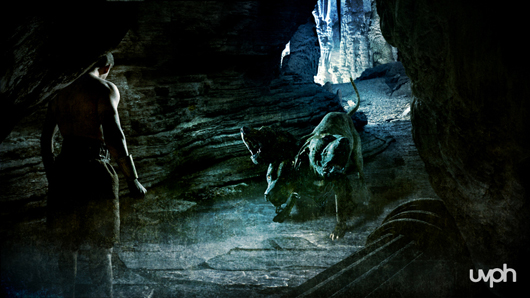
The sheer volume of shots created on the minimal TV budget was probably UVPHACTORY’s biggest challenge, says Saccio. “There was really a very small budget per show, and we were putting out probably a minimum of five minutes of content per episode. And of course, that output expands greatly when you start adding in all of the extra elements, themes and versions, or when scenes would get extended. It wound up being a huge amount of elements, including 3D model and diagram work, and then all this ‘two-and-a-half D’ stuff, where we made these gorgeous art boards.” In addition to hand-drawn work, the team used a range of stock footage, stills and b-roll footage that they treated in a variety of ways. “The whole show got branded with this drawn look,” says Saccio, “which gives it an otherwordly feel. That kind of brought all the various elements together. Even when you see b-roll, it’s treated with a graphics toolkit that we put together for KPI to apply on top of all the images to give everything a unified look.”



Locations for the show included shoots in Morocco and Lithuania, the site of a frigid, night-time greenscreen shoot involving characters from J.R.R. Tolkien’s The Hobbit. UVPHACTORY shot its VFX scenes with a Panasonic HPX170. “We accompanied KPI on all the live-action shoots so we could direct the VFX sequences. We also did a bunch of VFX editing for them to punch it up when it needed it,” says Saccio.
In addition to Softimage|XSI and After Effects, UVPHACTORY used several plug-ins, including RealFlow for water effects and Fume FX for fire sequences. “We were pretty happy with some of the two-and-a-half-D scenes, though it’s sort of cheating a bit, for example, the sea scenes, where you see the oceans moving,” he says. “We built most of these scenes from still images. But we had so many layers of such hi-res images that we could really zoom in and put shots on different planes in After Effects and warp them; you get a true sense of movement.”


“The biggest bummer about the tight schedule,” admits Saccio, “is we always wanted to do more. It’s tough for a design house used to doing finished graphics and letting some things out the door before we felt it was perfect.” But he and his team will be back for more soon, he says. ” We’re pitching another death and mayhem, disaster-style show. There seems to be a huge appetite for that out there at the moment.”
See a montage of UVPHACTORY’s work in Clash of the Gods here. For more of their work, visit their Web site, www.uvph.com.
Topics: Uncategorized
Did you enjoy this article? Sign up to receive the StudioDaily Fix eletter containing the latest stories, including news, videos, interviews, reviews and more.